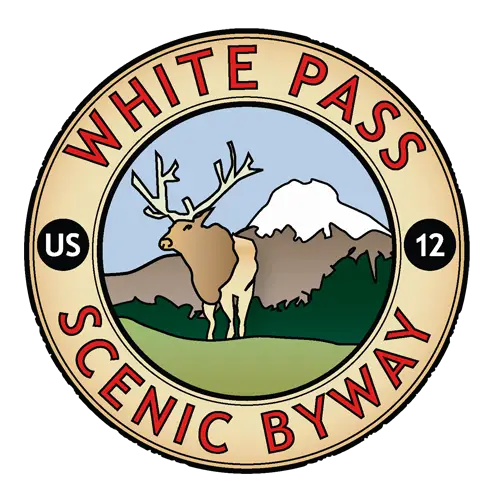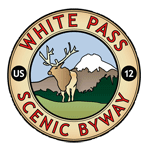Gifford Pinchot National Forest Closes Area and Issues Forest-Wide Campfire Ban for Fire Safety
Release Date: September 9, 2020
The Pacific Northwest remains under the threat of unprecedented and dangerous fire conditions with a combination of extreme heat, significant wind events, dry conditions, and firefighting resources that are stretched thin across the region and nation. The Big Hollow Fire was discovered yesterday on the southern Gifford Pinchot within the Mt. Adams Ranger District, and has rapidly spread to approximately 6,000 acres. Due to these conditions, the Gifford Pinchot National Forest is temporarily closing areas to public access. This includes developed campgrounds, dispersed camping, day use areas, wilderness areas, and most forest roads and trails within the closure area.
This closure order was signed on September 9, 2020, and is currently in effect. This closure will be re-evaluated daily as conditions change. This is a temporary closure in the southwestern portion of the forest to protect public and firefighter safety and health. People in the process of evacuating the forest are exempt from the order. A map of the closure area is available on the forest website. “At this time, the Big Hollow Fire is presenting an extremely dangerous situation, and we must close the forest to protect the life and safety of the firefighters and the public,” said Forest Supervisor Eric Veach. “Even if your destination is outside of the closure area, please consider waiting to visit the Gifford Pinchot or other National Forests until the fire situation in the Northwest has stabilized somewhat.”
The forest has also enacted a forest-wide ban on campfires, effective September 9, 2020. Due to high fire risk predictions from the hot and dry conditions, the forest has prohibited campfires on all Forest Service lands within the Gifford Pinchot National Forest. This ban applies to all campfires, including those inside and outside of developed recreation areas and campgrounds. These extremely critical risk conditions make it likely unattended campfires will escape and rapidly spread. Additionally, unattended, abandoned, and other careless campfire uses are one of the leading causes of wildfire and firefighter response. A campfire prohibition will greatly reduce the number of escaped campfires, thus reducing possible COVID-19 exposure amongst wildland firefighters and other first responders.
“The campfire ban will help prevent new fires from starting and straining our resources and public safety further. Thank you for your patience and cooperation during this time of extreme fire threat.”
Extreme fire weather has caused rapid growth of fires, and new ignitions have strained all resources for the forest and region. Nationally, and within Washington, firefighting resources are operating at maximum capacity, with resources severely limited. This forest area closure and forest-wide campfire ban reduce risk to firefighters, the public, and wildlife. It is critical that forest visitors follow these important closures for their own safety and the safety of our firefighters. Residents are encouraged to “follow” their local county sheriff’s department Facebook pages and websites for information about evacuation safety.

